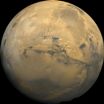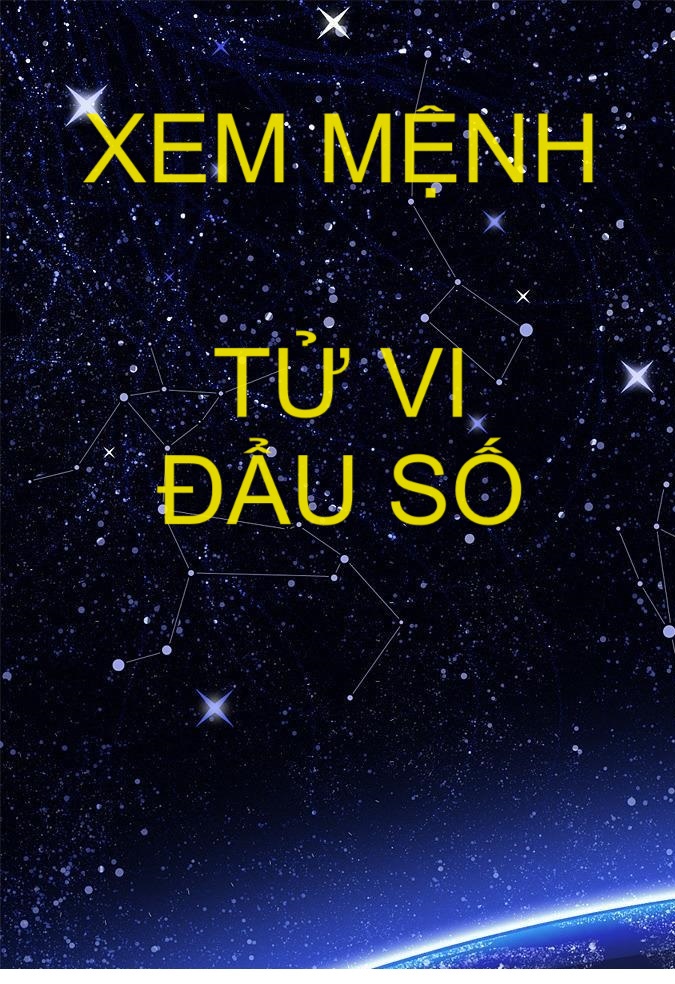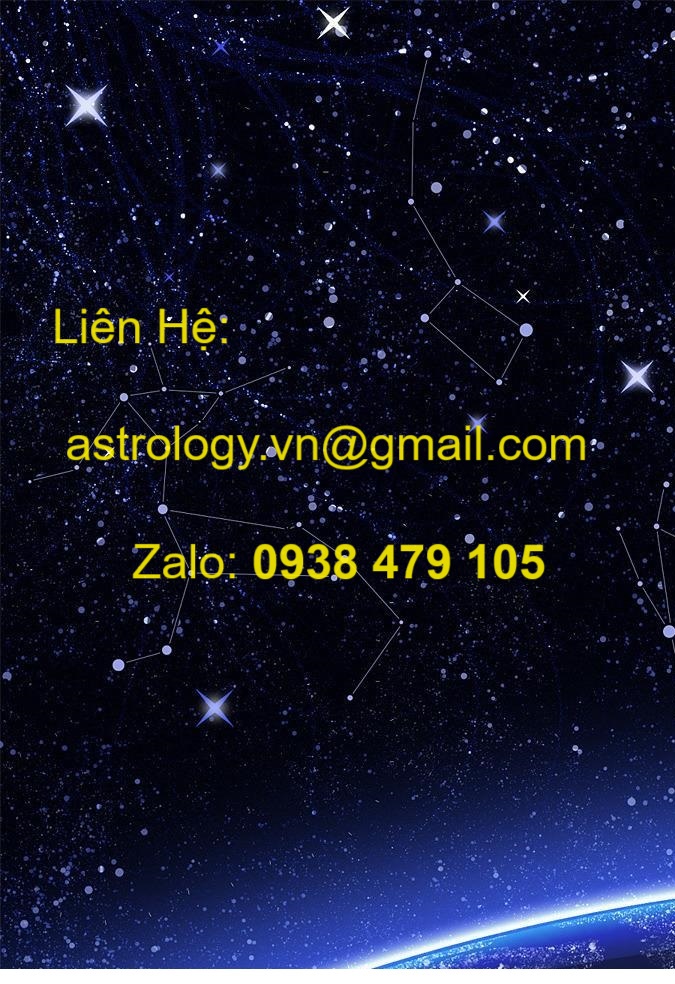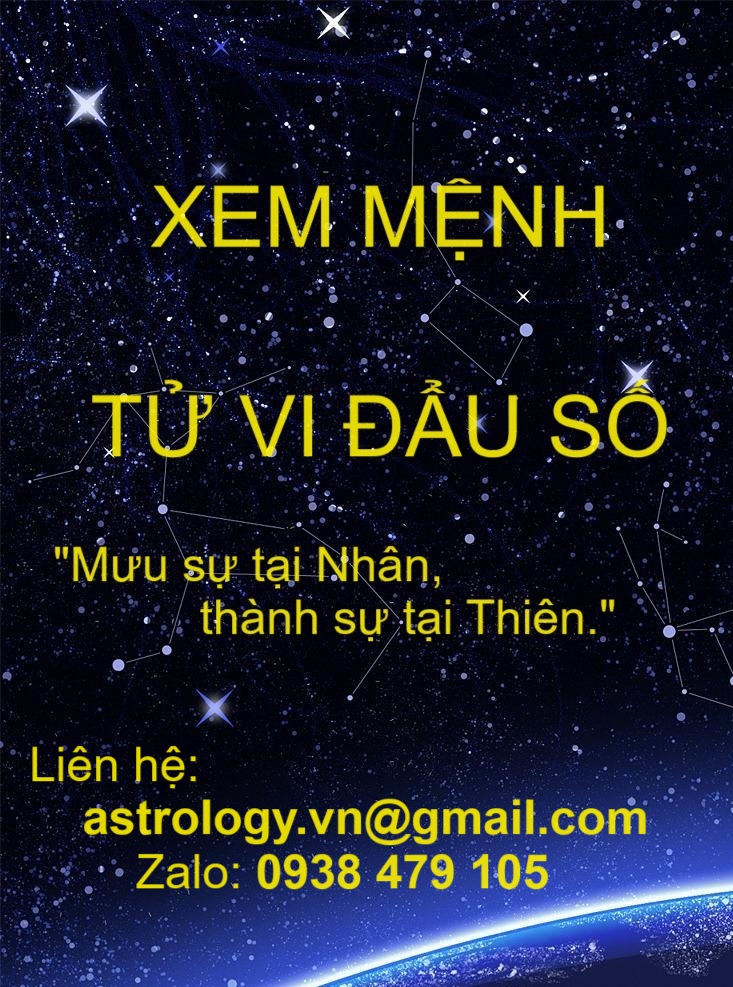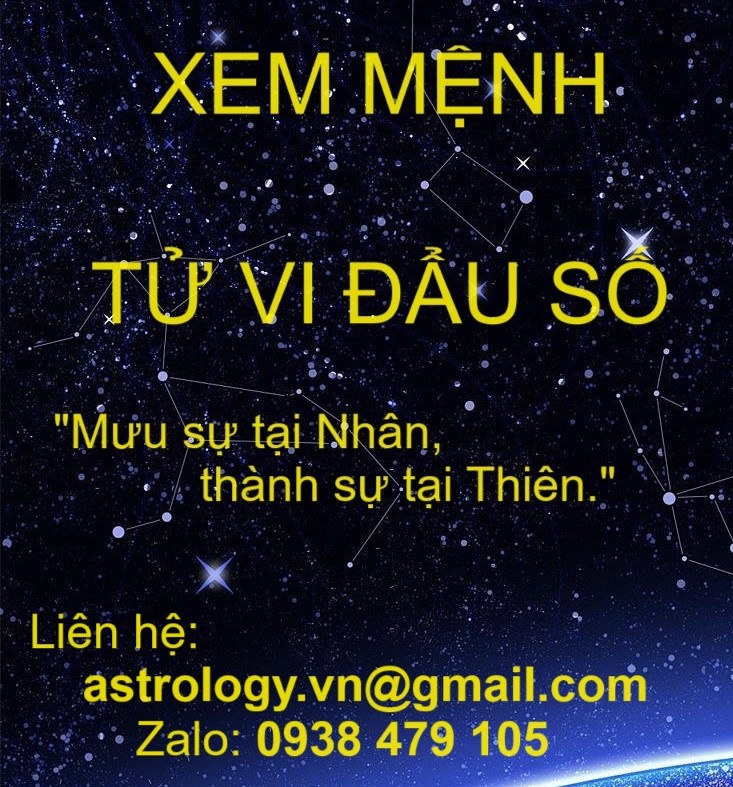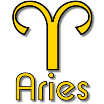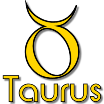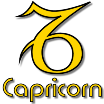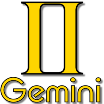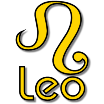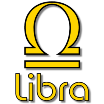
Astrology.vn - Camera trên tàu vũ trụ Odyssey chụp ảnh toàn cảnh núi lửa Olympus Mons cao 27 km trên sao Hỏa. Tàu vũ trụ Odyssey của NASA, nhiệm vụ hoạt động lâu nhất ở sao Hỏa, quay quanh hành tinh đỏ lần thứ 100.000 hôm 1/7. Để kỷ niệm cột mốc này, NASA chia sẻ ảnh toàn cảnh Olympus Mons, núi lửa cao nhất hệ Mặt Trời mà tàu Odyssey chụp hồi tháng 3.

Astrology.vn - Một khám phá mới đây của Kính thiên văn James Webb (JWST) của NASA xác nhận những thiên thể đỏ phát sáng trước đây từng dò được trong buổi bình minh vũ trụ. Nó làm thay đổi suy nghĩ về nguồn gốc và sự tiến hóa của các thiên hà cũng như các lỗ đen siêu khối lượng của chúng.

Astrology.vn - Until the discovery of Pluto in 1930, Neptune was supposed to be the outermost member of the solar system. The outermost planet of the solar system so far identified, was discovered in 1930. It lies 800 million miles beyond Neptune.
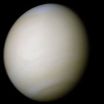
Astrology.vn - Its discovery by Sir William Herschel on March 13, 1781, added a new factor to the problems of Astrology, and incidentally widened the horizon of observation of planetary influence upon human life. Inserting the planet into the existing horoscopes, revealed that Uranus had been the previously inexplicable

Astrology.vn - The planet next smaller in magnitude to Jupiter, and next more remote from the Sun, is remarkable for its engirdling system of rings. It was the most remote planet known to the ancients. The surface of Saturn shows markings somewhat similar to those of Jupiter, but fainter.

Astrology.vn - The largest planet in the solar family: larger in fact than all other planets combined. Yet it is exceeded in brightness by Venus, because of her greater proximity to the Earth. To the Greeks, known as Zeus; also associated with Marduk, one of the gods of the Pantheon; known to the Hindus as Brahmanaspati.
